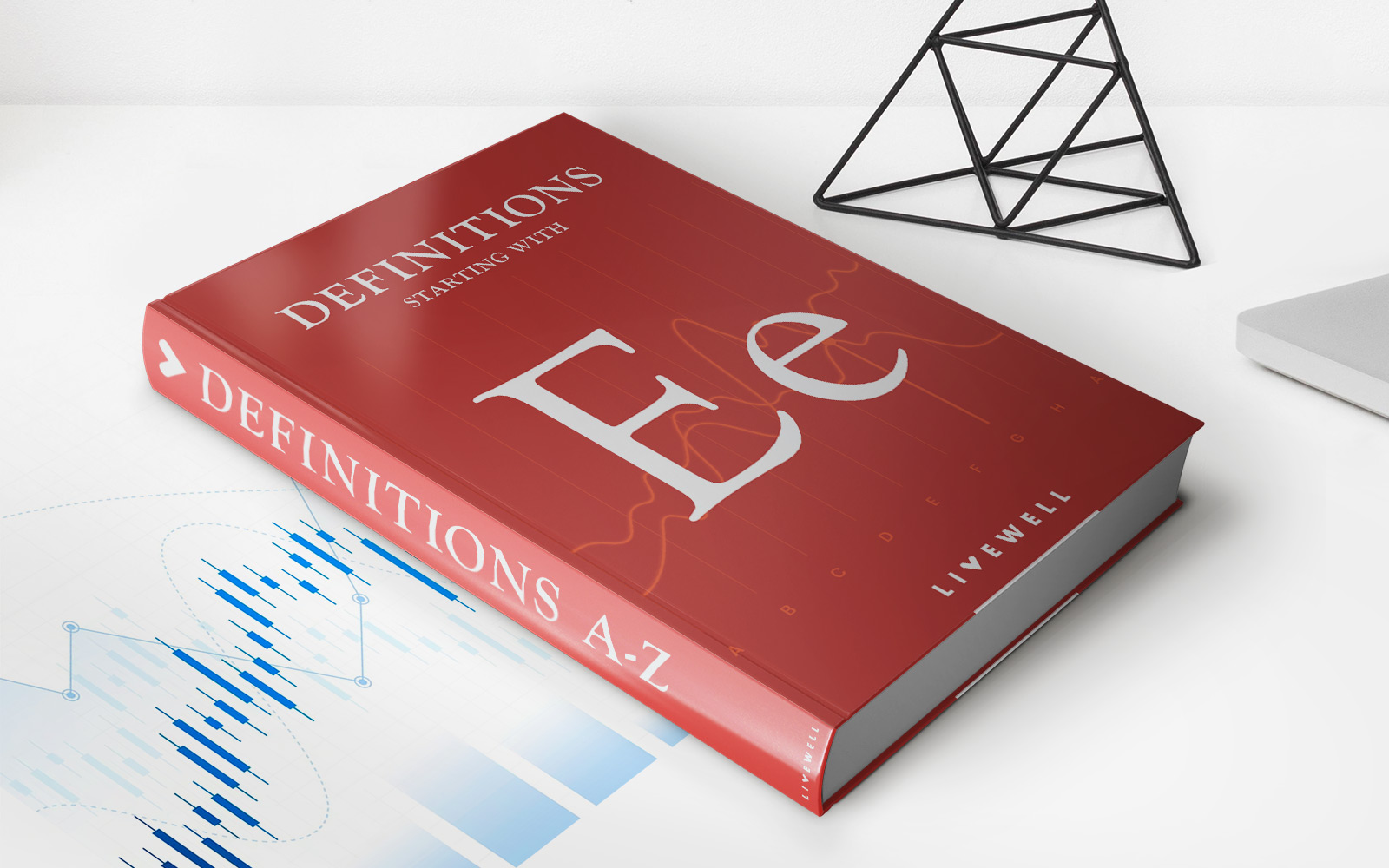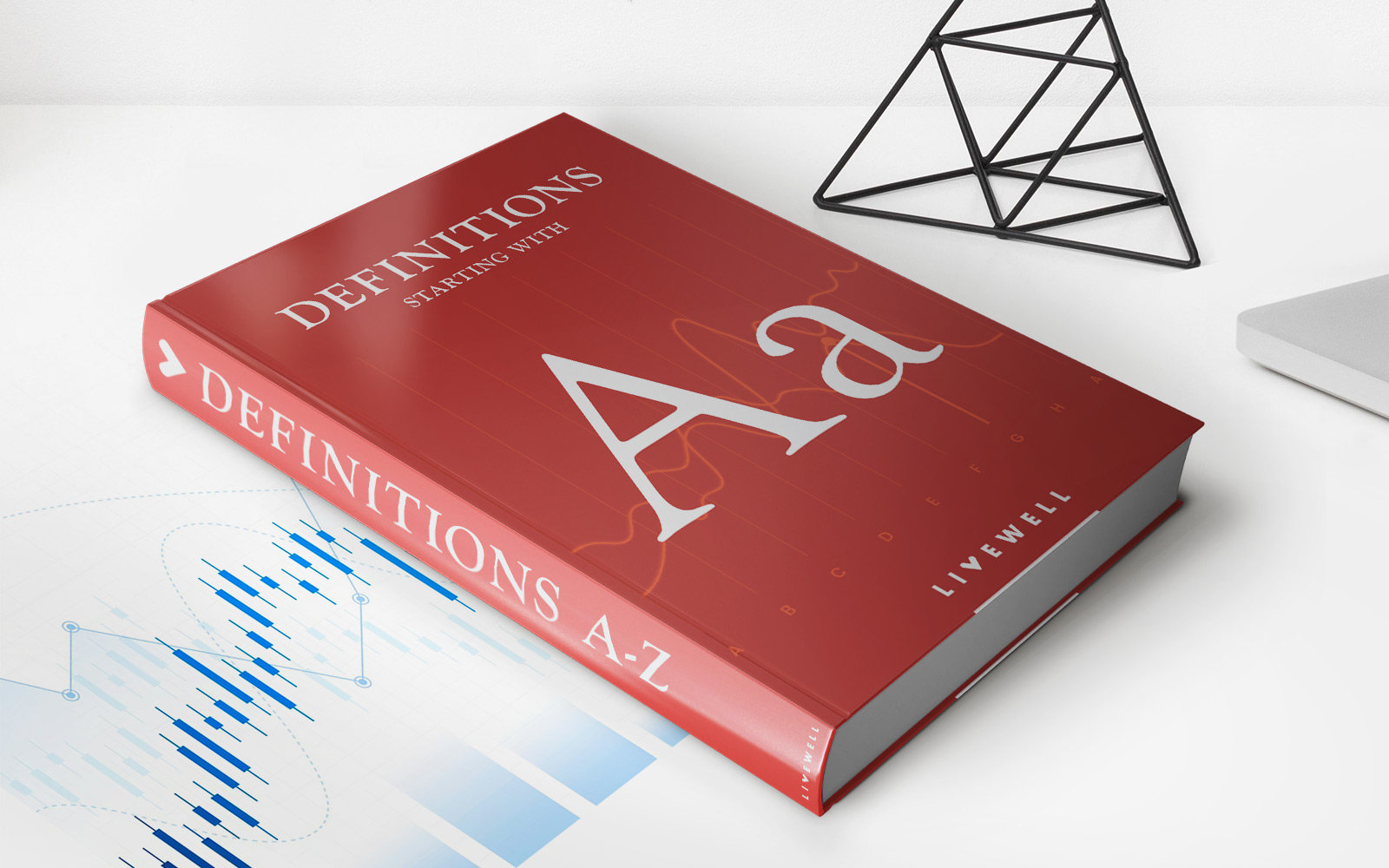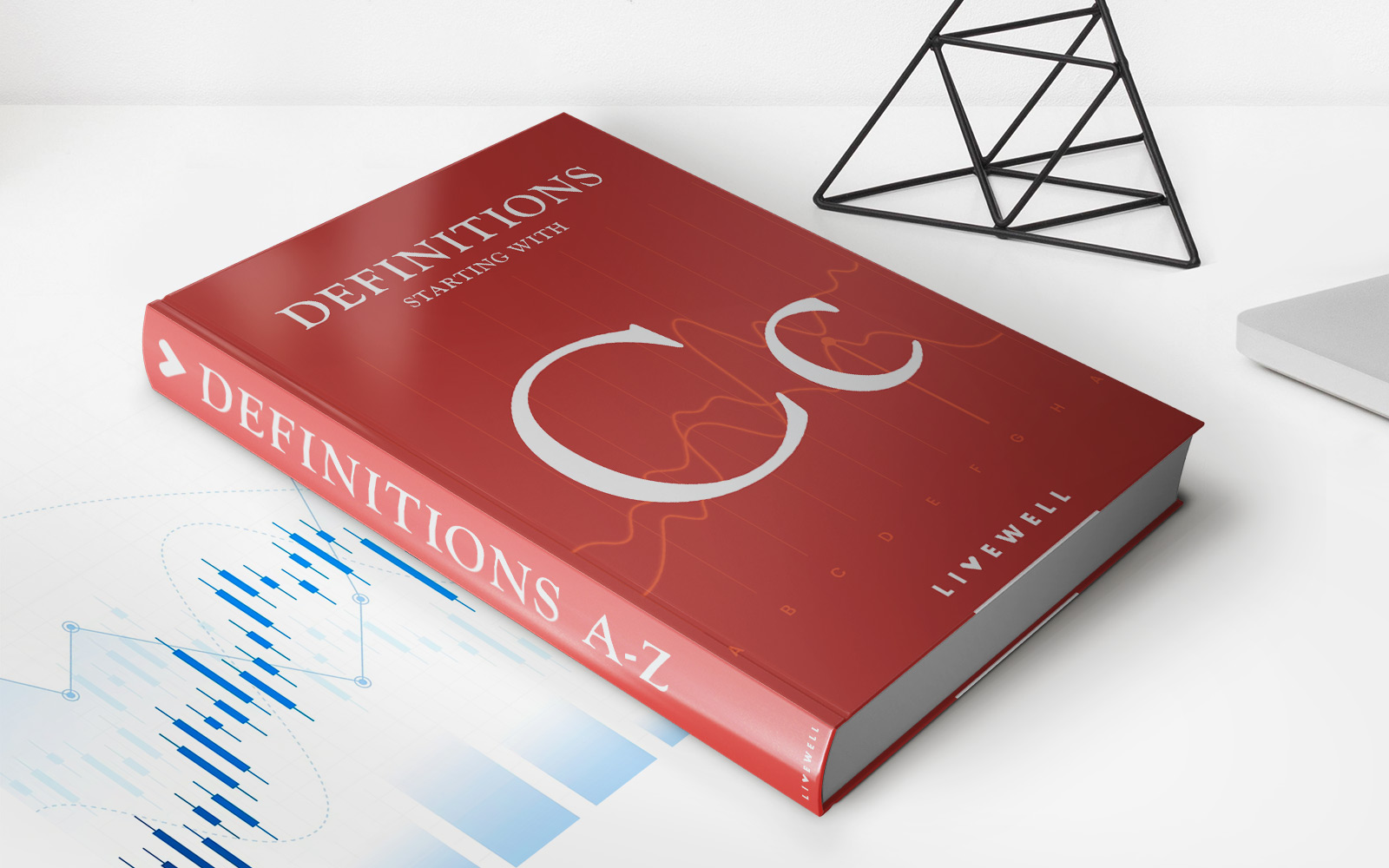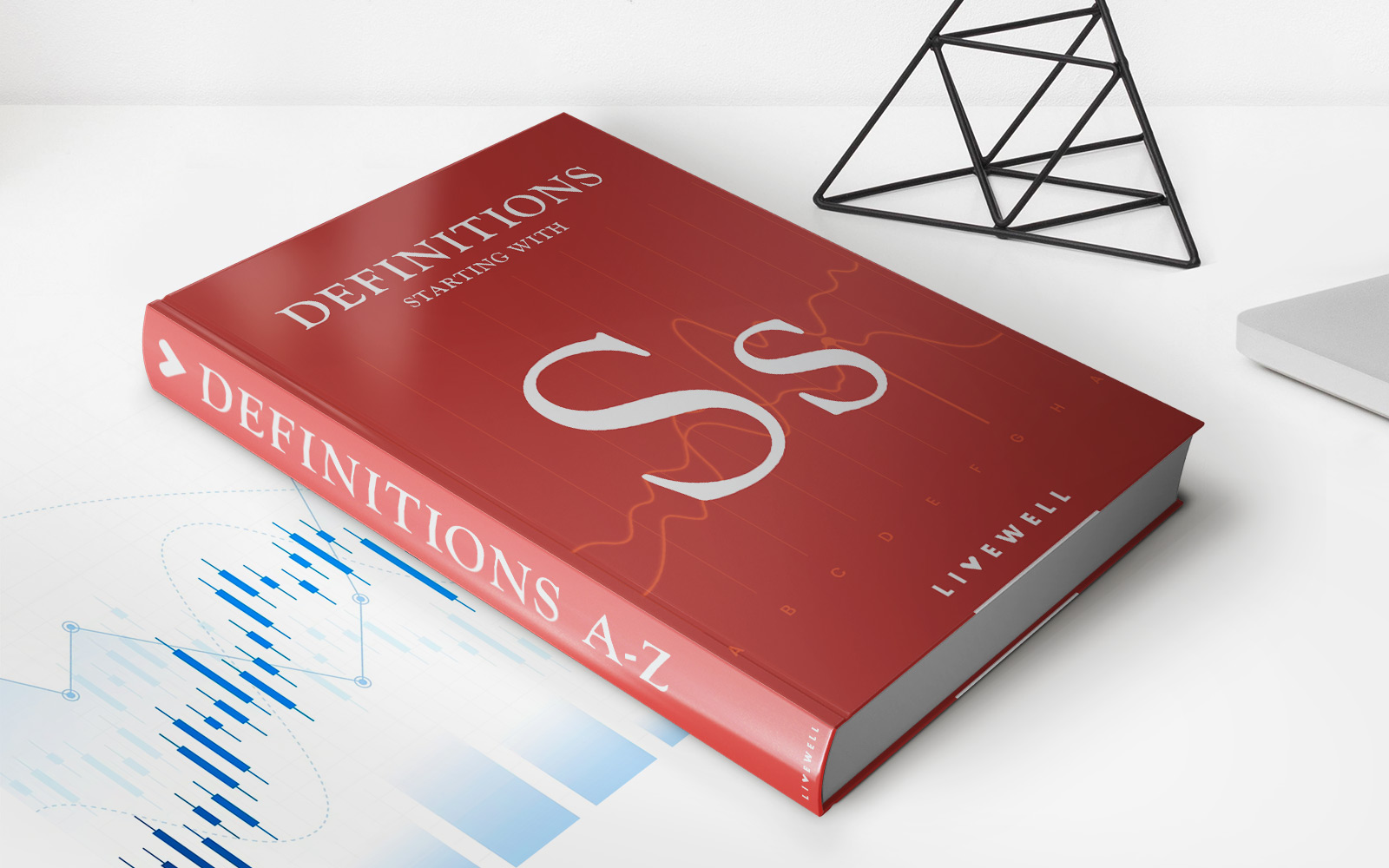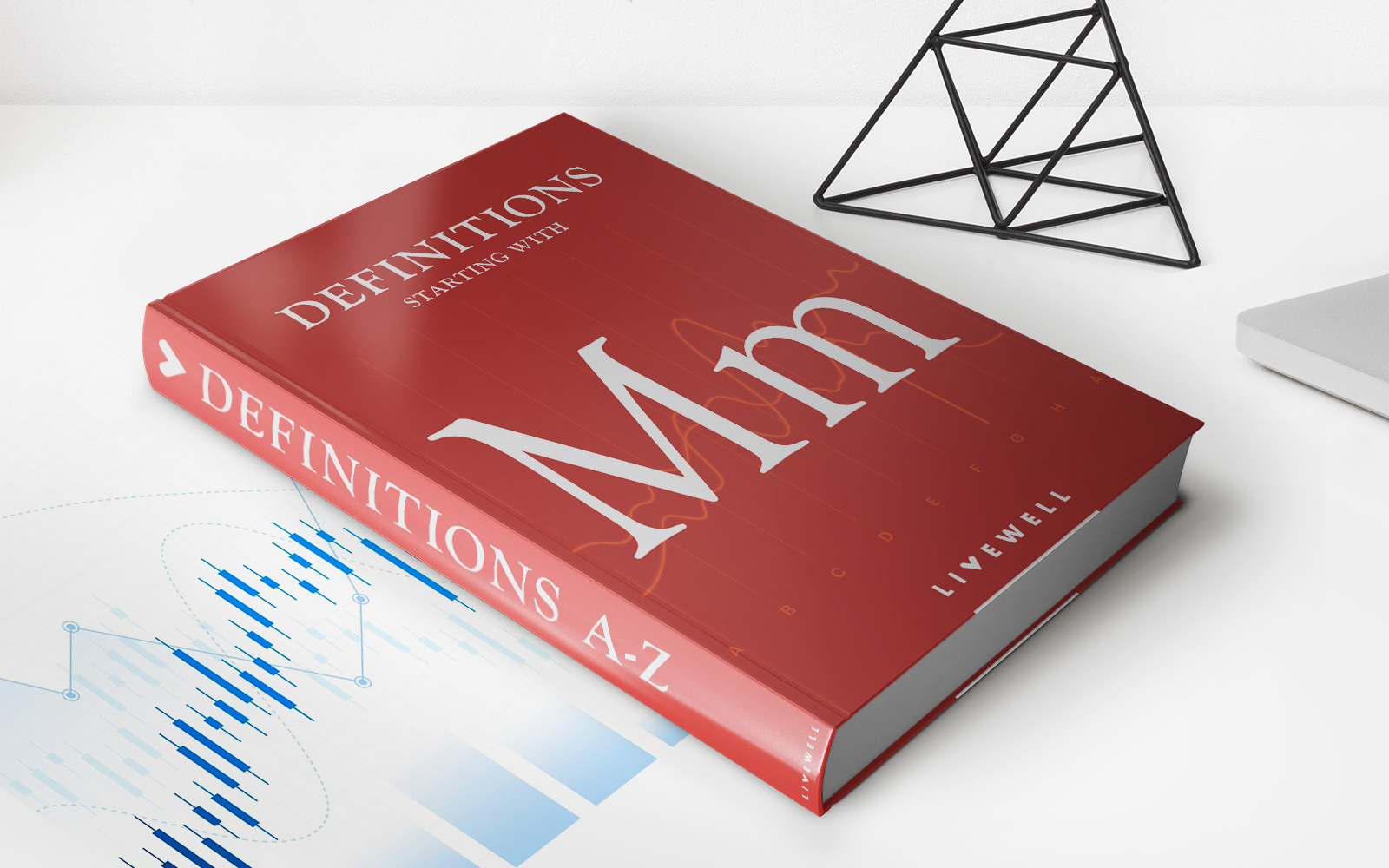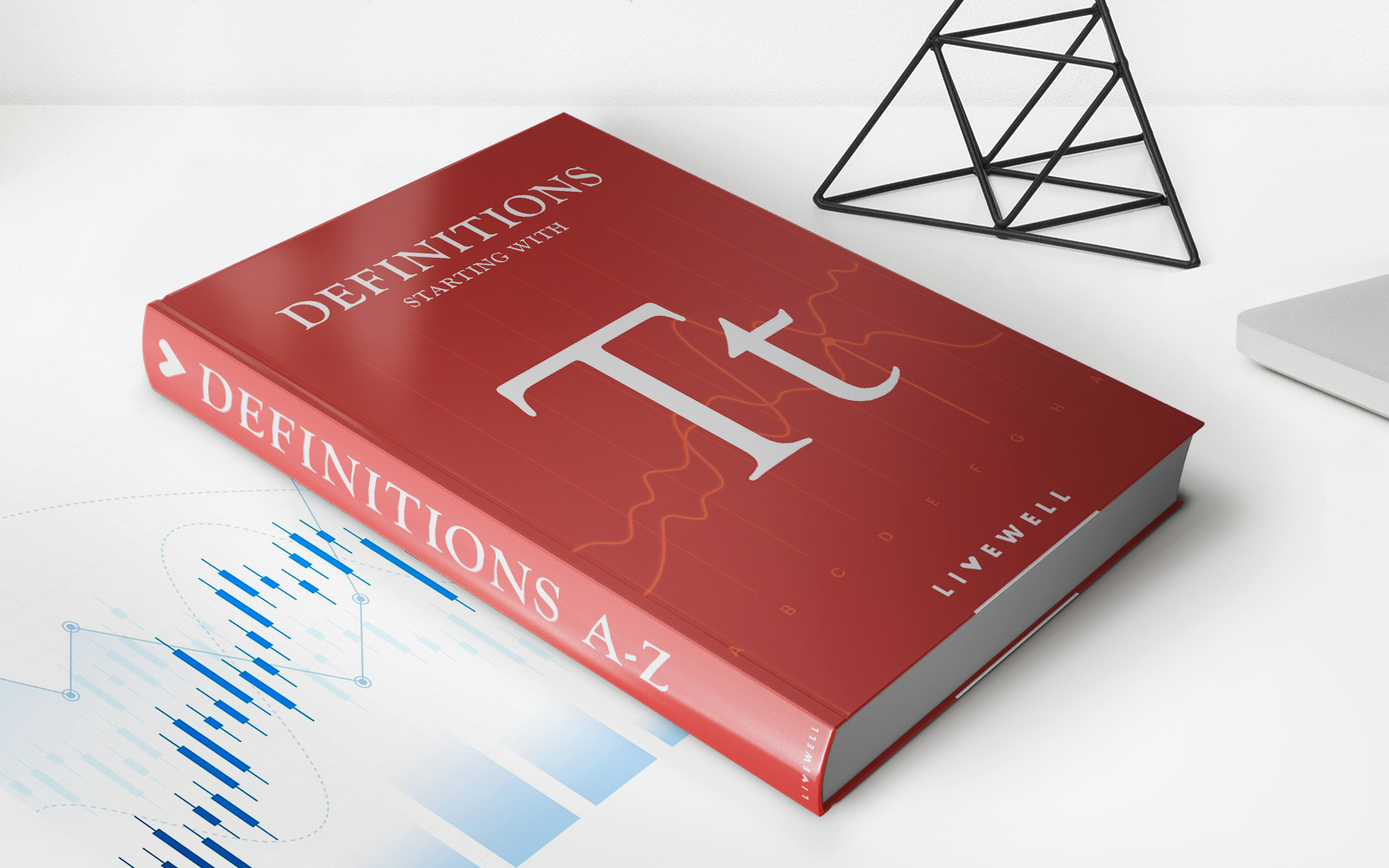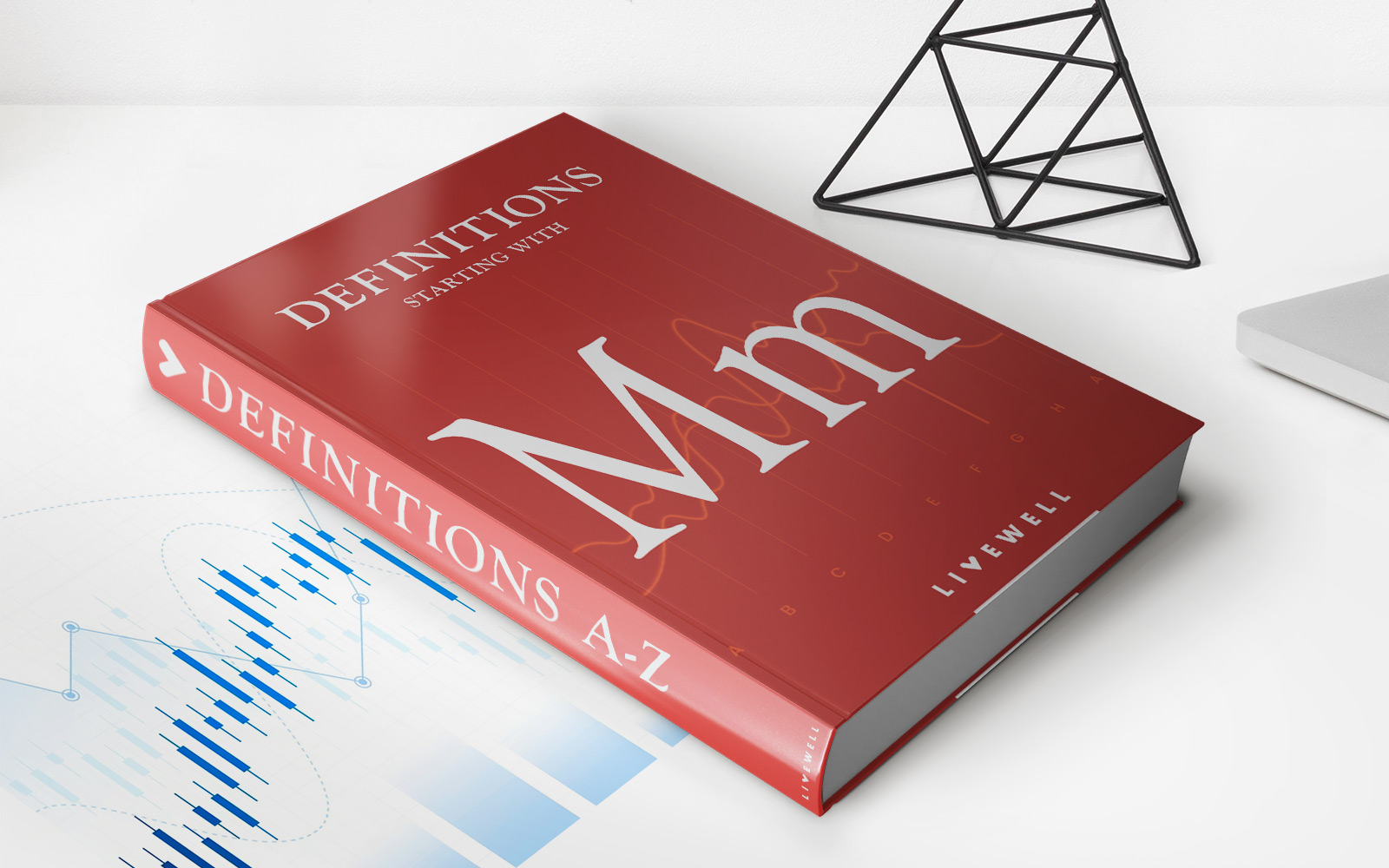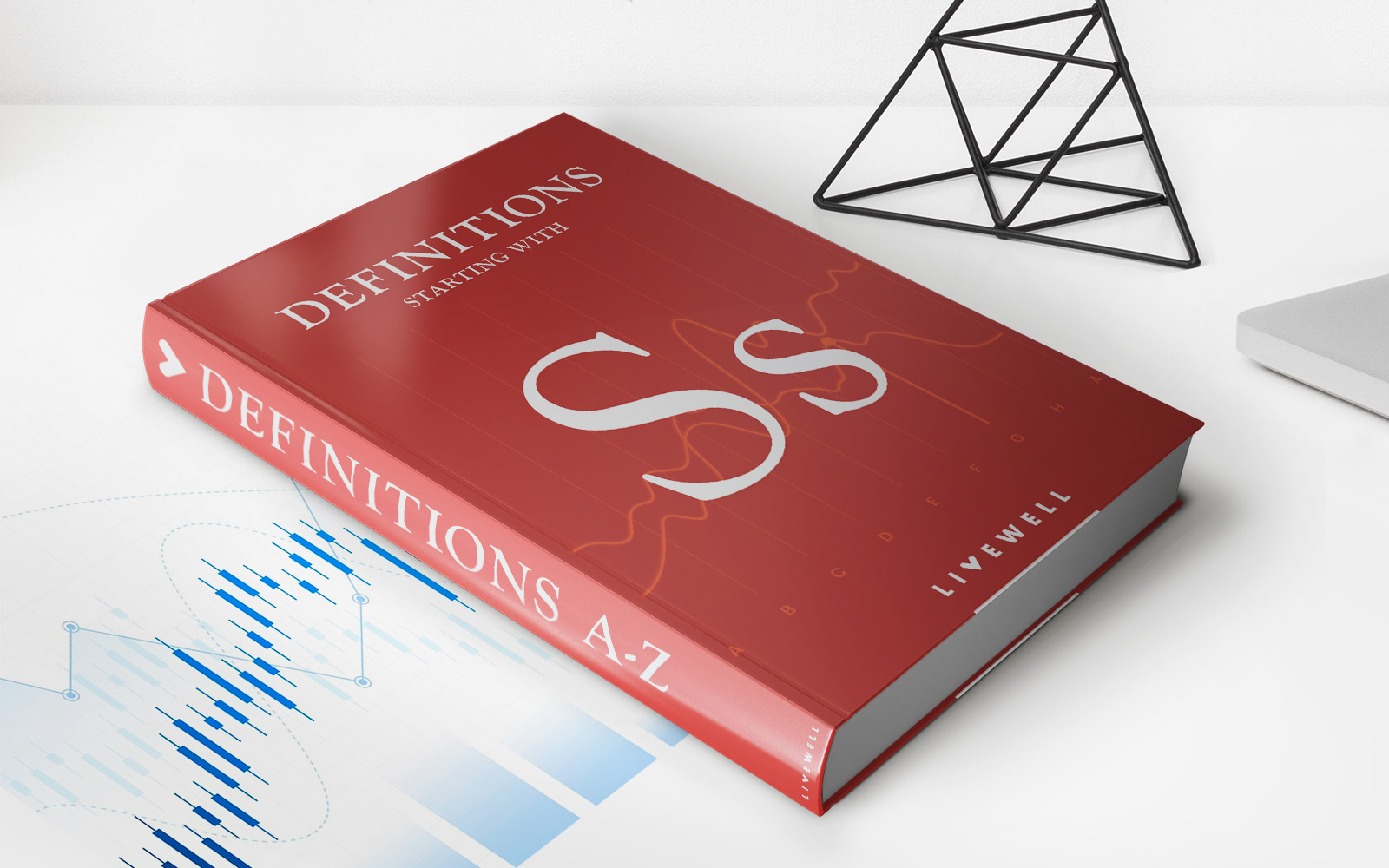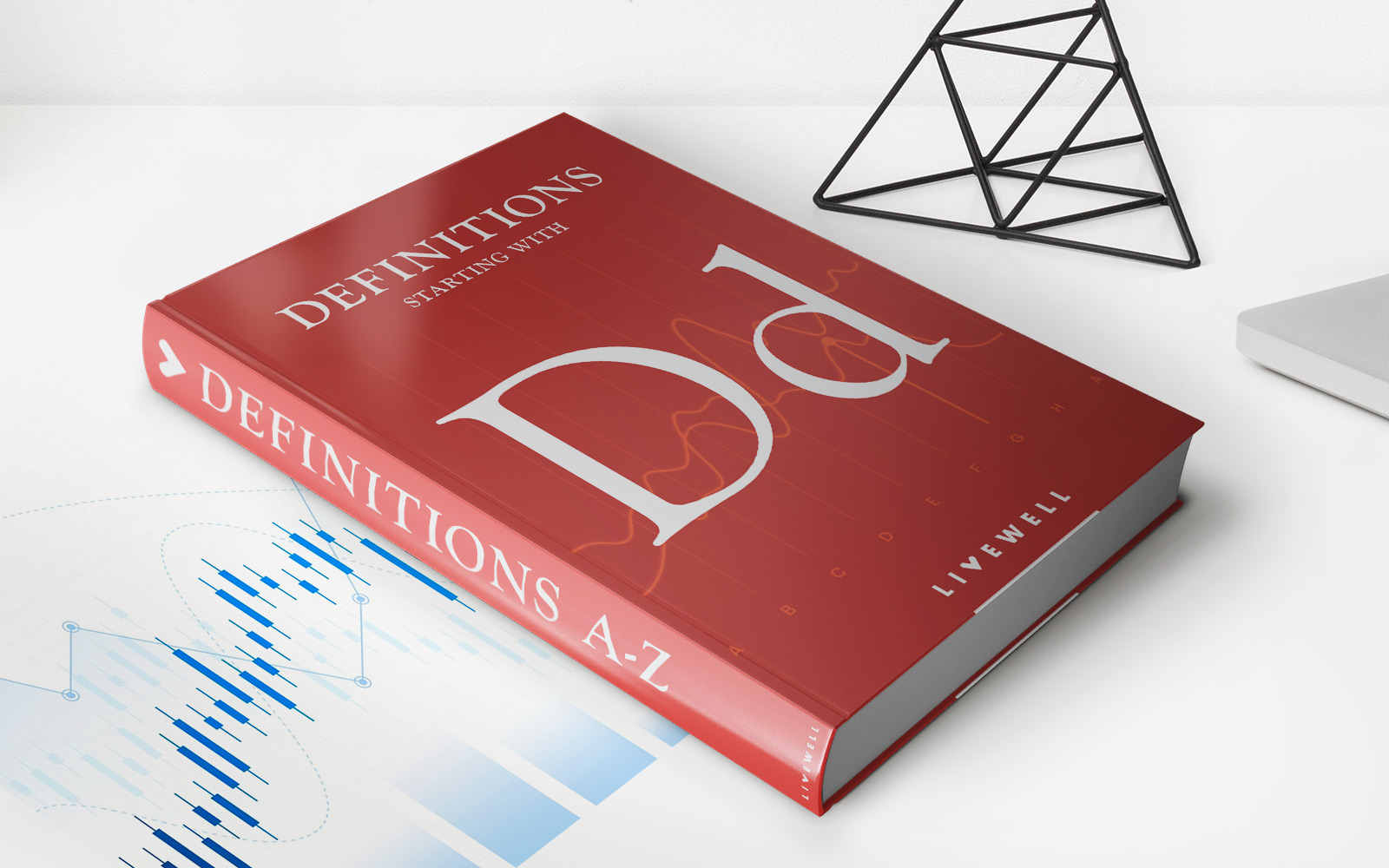Home>Finance>What Is A Wrap Fee? Definition, How It Works, Pros, And Cons
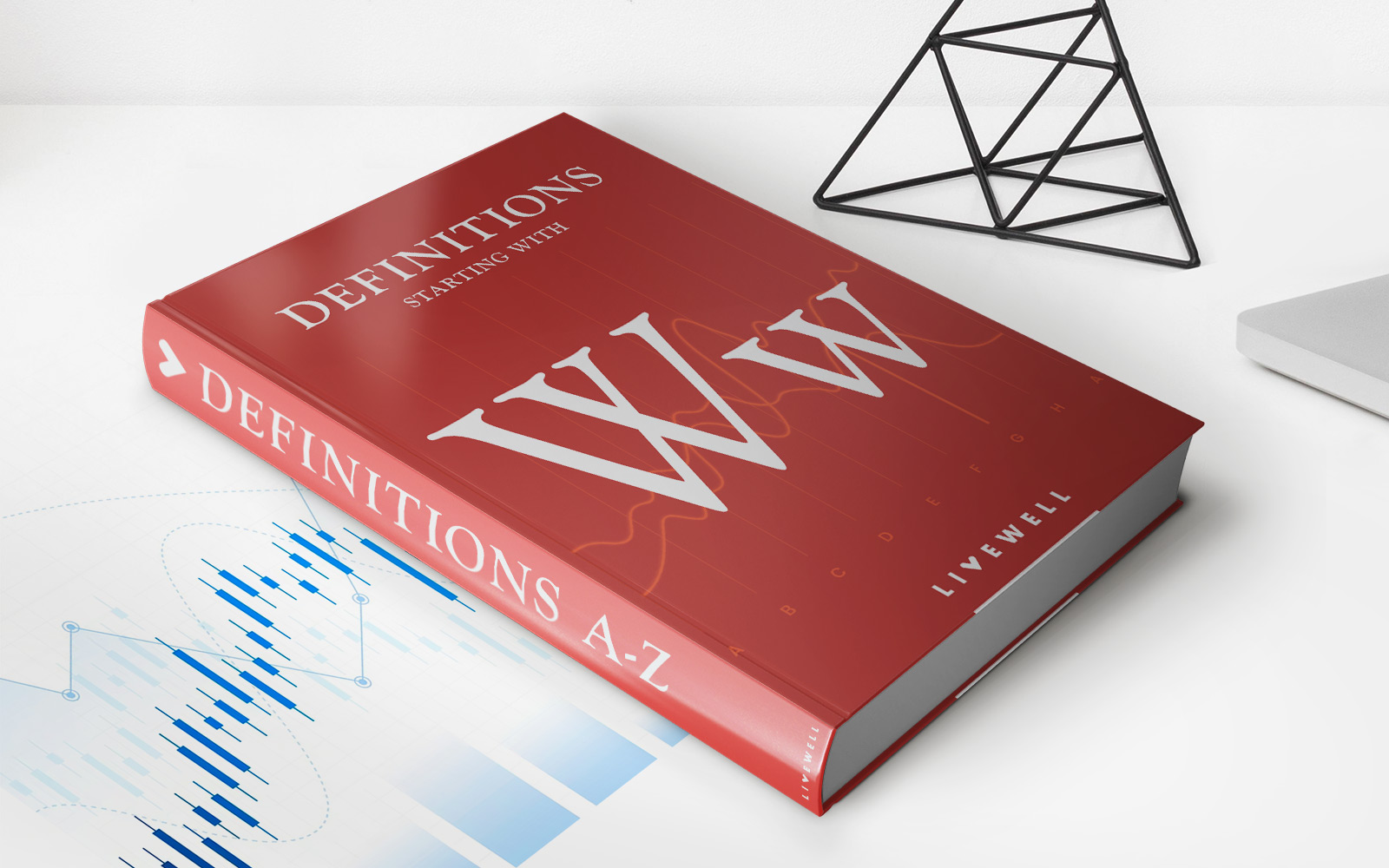

Finance
What Is A Wrap Fee? Definition, How It Works, Pros, And Cons
Published: February 19, 2024
Learn about wrap fees in finance: definition, how they work, and the pros and cons of this investment option.
(Many of the links in this article redirect to a specific reviewed product. Your purchase of these products through affiliate links helps to generate commission for LiveWell, at no extra cost. Learn more)
What Is a Wrap Fee?
Are you wondering what a wrap fee is and how it works? Look no further! In this blog post, we will dive deep into the world of wrap fees, exploring everything you need to know about this financial service. Whether you’re a seasoned investor or just beginning your journey into the world of finance, understanding wrap fees is essential to make informed decisions. So, let’s get started!
Key Takeaways:
- A wrap fee is a consolidated fee charged by financial advisors for managing an investor’s portfolio.
- It includes various services like investment advice, portfolio management, brokerage services, and administrative expenses.
How Does a Wrap Fee Work?
A wrap fee is a bundled fee charged by financial advisors to manage your investment portfolio. Instead of charging separate fees for each service, such as advisory services, trading commissions, and administrative costs, a wrap fee simplifies the process by combining all expenses into a single fee.
Financial advisors who offer wrap fee programs typically create a diversified portfolio tailored to the investor’s goals and risk tolerance. This includes selecting and managing individual securities, mutual funds, and exchange-traded funds (ETFs). The wrap fee covers ongoing investment advisory services, periodic rebalancing of the portfolio, and transaction costs related to buying and selling securities.
The Pros of Wrap Fees
1. Streamlined Approach: With a wrap fee, you benefit from a consolidated fee structure, making it easier to understand and budget for your investment expenses. This approach eliminates the need to track and pay for each individual service separately.
2. Professional Portfolio Management: Most wrap fee programs are managed by experienced professionals who have in-depth knowledge of the financial markets. These advisors actively monitor and manage your investments, adjusting the allocation and selecting investments to align with your goals and market conditions.
The Cons of Wrap Fees
1. Cost: Wrap fees can be relatively higher compared to other fee structures. However, it’s important to evaluate the overall value provided by the financial advisor and assess whether the benefits outweigh the costs.
2. Limited Flexibility: In some cases, wrap fee programs may limit your flexibility to choose specific investments. Your portfolio is typically constructed based on the investment philosophy and strategies adopted by the financial advisor managing the program.
Conclusion: Should You Opt for a Wrap Fee?
In summary, a wrap fee can offer convenience and professional management for your investment portfolio. It consolidates various services into a single fee, simplifying your financial planning process. However, it’s crucial to assess the costs and benefits associated with a wrap fee structure before making a decision.
Ultimately, whether you opt for a wrap fee or not will depend on your specific needs, financial goals, and preferences. If you value comprehensive portfolio management by experienced professionals and prefer a streamlined approach, a wrap fee could be worth considering. As always, it’s advisable to consult with a financial advisor to determine the best fee structure for your unique circumstances.
Thank you for reading! We hope this article provided you with valuable insights into wrap fees and empowered you to make well-informed decisions about your financial future.
